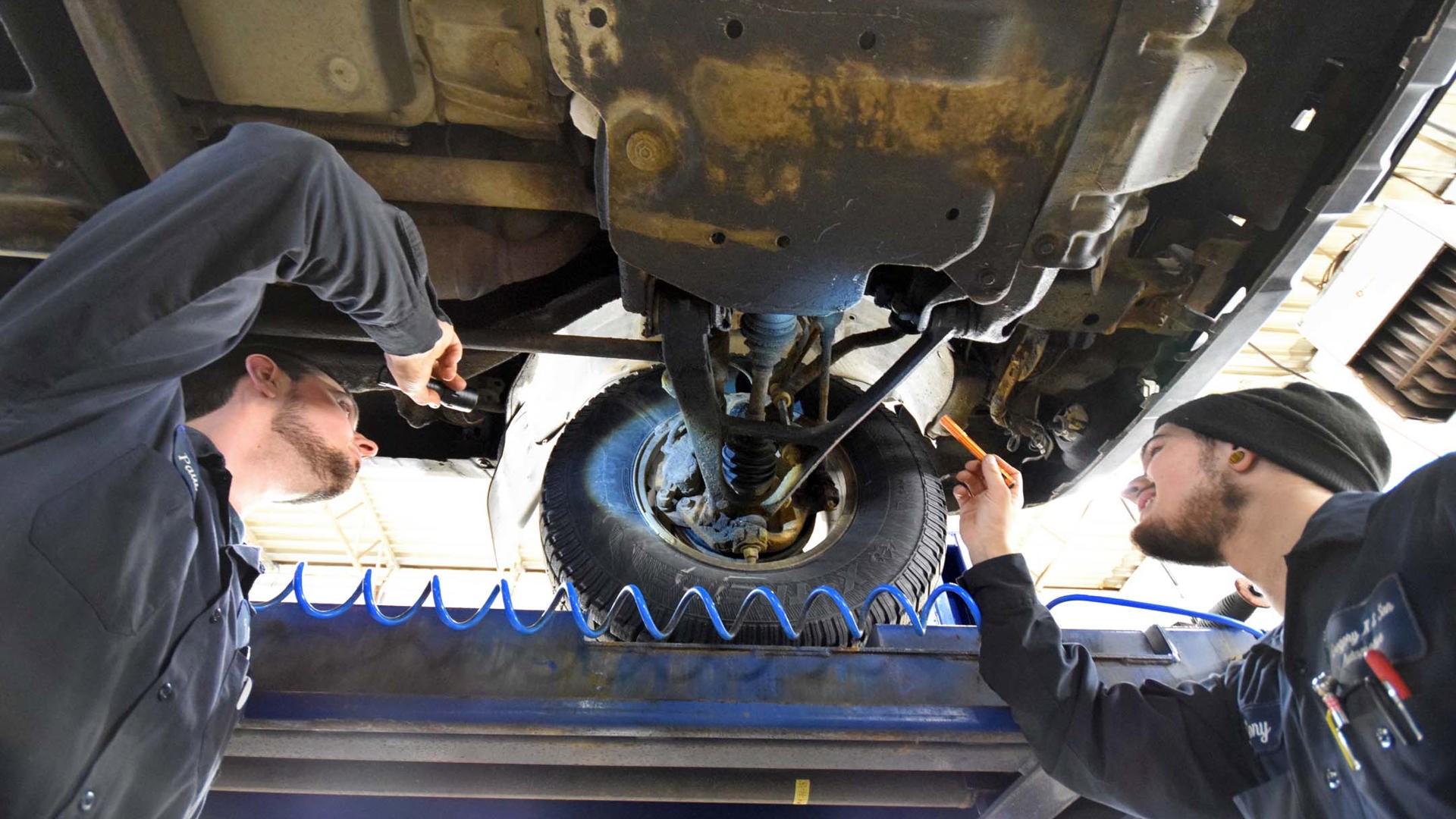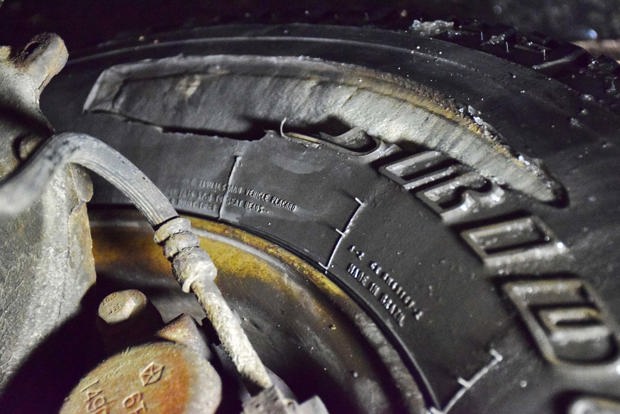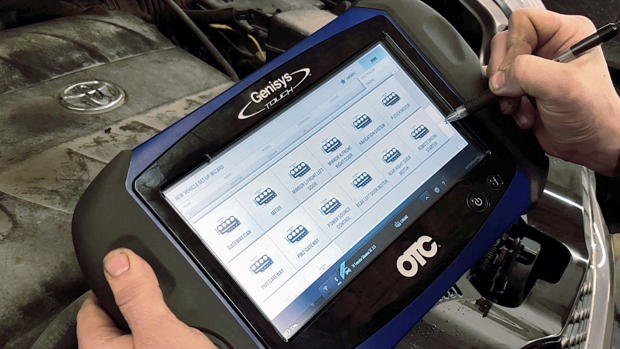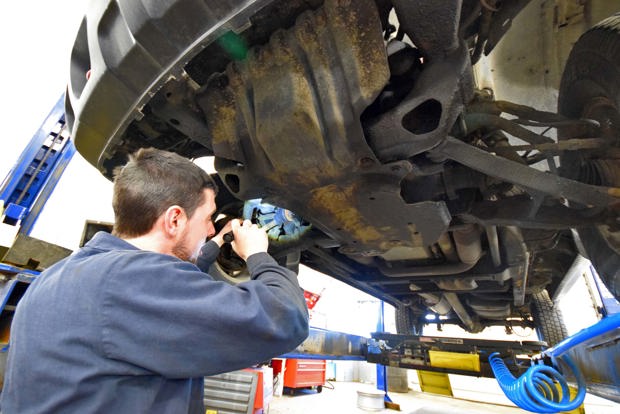Sometimes, a little inspection can go a long way to averting potentially major issues with your vehicle as it ages. Based on the adage that you can “spend a little now or a lot later,” sometimes, a quick check or inspection of some of your ride’s systems and components can reveal a little problem before it turns into a more serious – and expensive – one.
Whether for a vehicle you own currently, or for a used vehicle you’re considering for purchase, keep the three simple checks below in mind. Most can be carried out for next to nothing by your favourite mechanic or dealer service centre, and each can reveal problems that should be addressed sooner than later, on the relative cheap.
Tires / Alignment
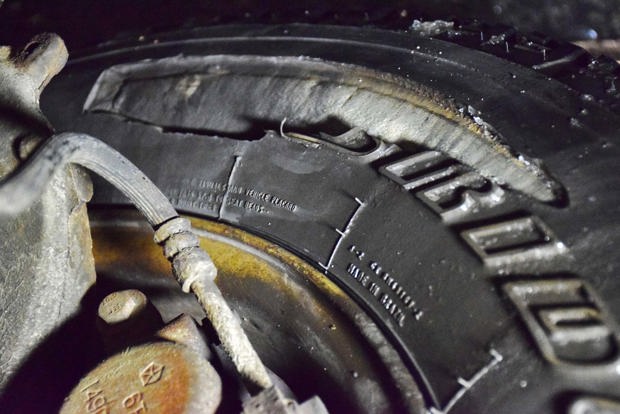
Why
A check of your ride’s tires is quick, costs little to nothing, and can reveal numerous problems related to not just the tires, but other systems as well.
First, inspect your tires for signs of damage. Any rips, tears, gouges, or lumps in the sidewall indicate trouble, and likely mean the tire(s) should be replaced. In particular, sidewall lumps, often about the size of a golf ball, typically indicate damage to the inner structure of the tire, possibly caused by a severe pothole strike. When checking your tires, remember that there are two sidewalls – the easy-to-see outer sidewall, and the tricker-to-see inner sidewall.
Remember to carefully inspect all four tires, not just the front ones.
Second, check the treads of each tire, looking for any sign of excessive wear to one side of the tire than the other. If that’s the case, your vehicle’s alignment is probably out of whack, and needs to be adjusted. Suspension components may be damaged or badly worn, too.
Remember: changing a tire, having an alignment, or replacing / repairing damaged or worn suspension components can cost a few bucks, but the cost of putting off important repairs can be even pricier, as it could result in accelerated wear of your tires or other components – not to mention reduced handling and fuel efficiency. Should a tire or suspension part fail, it can compromise the safety of you, your passengers, and your fellow motorists – or result in an accident.
Pro Tip
If you swap your summer and winter tires yourself, remember that it’s easier to check the condition of all tires when they’re off of your ride.
OBD / Electronic System Scan
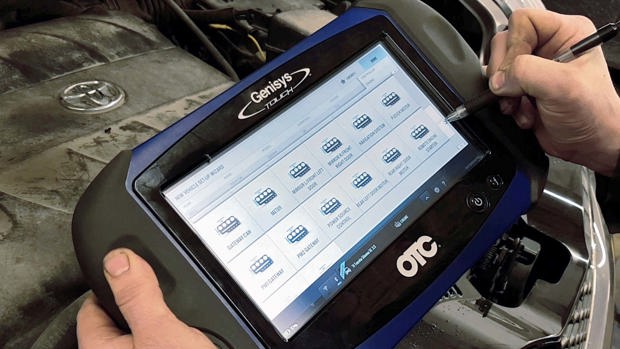
Why
In just a minute or two, a technician can hook up an on-board diagnostic or OBD scanner to your ride, and fully inspect its electronic systems and sensor network. Whether or not there’s a Check Engine Light (CEL) illuminated, this scan can reveal potential issues with a multitude of vehicle components, ranging from the engine, to the transmission, to the cooling system, to the airbags. Though an illuminated CEL is your vehicle’s way of telling you to have the scan performed, not all issues cause a CEL to appear right away.
A regular OBD scan is a good idea, as it can confirm that your vehicle is operating flawlessly, or provide some early insight into a potential issue that may be forming. Plus, with the ability to precisely pinpoint any trouble areas, the scan results reveal exactly what is causing trouble, right away.
Data extracted from an OBD scan can reveal a multitude of concerns, ranging from serious to minor. An OBD scan costs about $50, and takes just a few minutes.
Pro Tip
Consider investing in your own OBD scanner, or borrowing one from a friend. With a scanner or “scan-tool” in hand, an electronic system check-up is easy and quick. If you don’t have a scanner available, ask your favourite mechanic for help.
Undercarriage Inspection
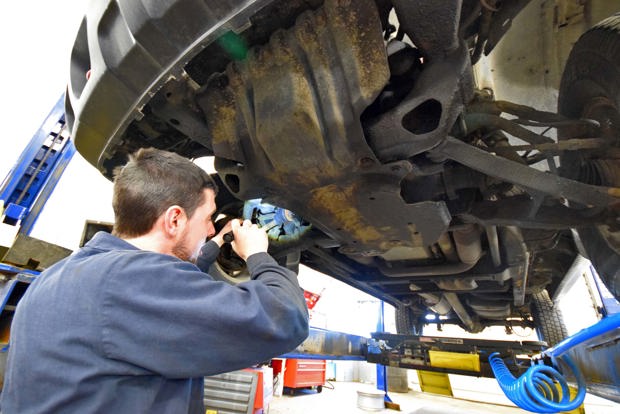
Why
With your ride in the air on a hoist, your mechanic can quickly and precisely inspect dozens of components beneath your ride with a trained eye – quickly detecting any problematic fluid leaks, rust, damage to fuel or brake lines, the condition of tires and suspension components, axles, exhaust system corrosion, and plenty more.
A full inspection of a vehicle, which includes an undercarriage inspection, typically takes under an hour, and costs under $150. If no issues are detected, you’ll have peace of mind that the vehicle is healthy and has no concerns. If an issue is detected early, this sort of inspection gives owners the option to repair a problem early on, before it grows or becomes more expensive or dangerous.
For instance, a small transmission line leak can be repaired before it ruptures, and nukes your entire gearbox – saving you thousands. A badly rusted exhaust component can be replaced before the rust spreads and ruins other parts of the system. A dangerously corroded brake line can be repaired before it fails outright and causes an accident. Many other examples exist.
An undercarriage inspection offers great bang for the buck, as a technician can look for a multitude of issues, all at once, and in quick order.
Pro Tip
Combining an undercarriage inspection with an oil change can save you time and money, as you’ll save a trip to the shop, and many oil change services include a visual inspection of your ride’s underside, since the vehicle is already in the air with a technician working beneath it. Talk to your favourite mechanic or service centre about having a full undercarriage inspection while you have your oil changed. Just be sure to have this inspection carried out at a dealer or garage, not a lube shop. Why? You want a certified and trained mechanic, not an oil-change technician, to inspect your ride’s various components, for maximum peace of mind.
